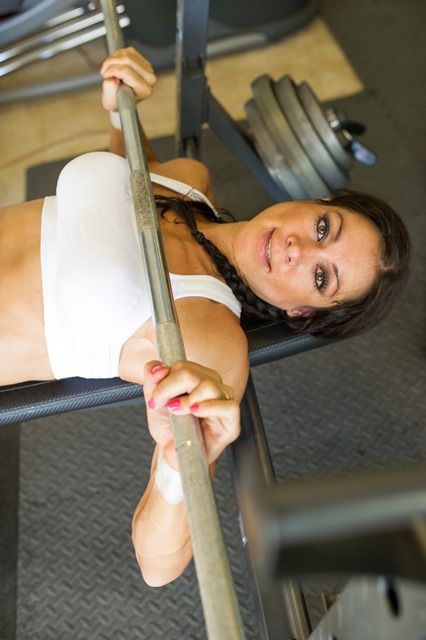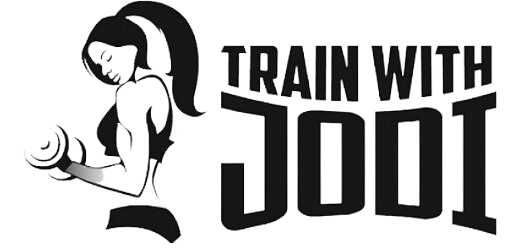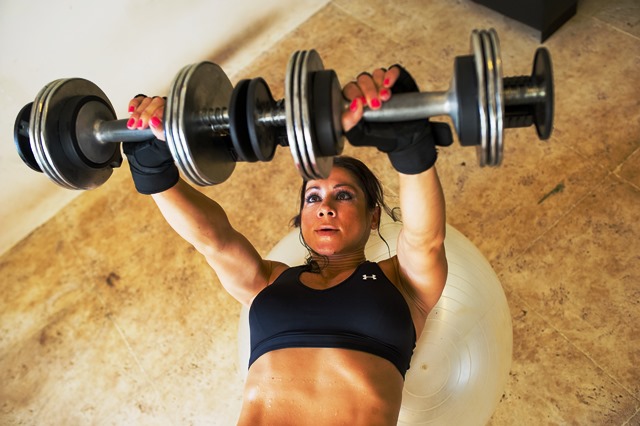Should I Be Lifting Weights?
The Basic 101 on Weight Training For Women
Many people, women in particular, get confused when it comes to resistance training. Contrary to popular belief: weight lifting will not make women bulky, but a crappy diet will. It takes a lot of work, a lot of effort, and a lot of commitment to put on muscle. Women simply do not have the genetic profile to get bulky. Unlike our bulky male counterparts, we do not have as much testosterone, nor do we produce a myostatin inhibitor (like the men do) when we lift. Both of which considerably help men pack on muscle. If building tons of muscle was the goal, women would have to work a lot harder for a little pay off. However, lifting heavy weights will aid us in great health, building stronger bodies and bones, toning muscle, increasing metabolism, and regulating our bodys’ cycles and hormones, making us feel better both inside and out.
Gym Vocab:
Reps – repetitions are how many times you move the weight (up and down, side to side, etc…)
Sets – how many times you do each # of repetitions
Rest – how long you rest between sets (never rest between reps)
So How Heavy is Heavy?
Before picking up a weight, you need to have a goal in mind. Do you want to simply lose fat? Get lean? Gain muscle? Gain endurance? Gain strength? Gain power? Or some combination of these? No matter what your goal, you will need to choose a heavy enough weight so that you reach your rep range. When first choosing the weight, it is simply a matter of trial and error. So if your rep range is 8-12, you’d pick a weight that you can lift for 8 reps but struggle to get any more (keeping a lifting journal will become quite beneficial for record sake and to avoid this “guessing” for next session ). Continuing using this weight until you are able to reach 12 reps. Once you reach 12, increase your weight again until you struggle with the 8 reps once again. Rinse and repeat this process.
Key note: always make sure you are using proper form. Some general guidelines: Keep your abdominals pulled in, glutes tight, back straight, shoulders over hips, and knees over ankles (self-monitor in mirror). Really concentrate and focus on the muscle you are using for each lift; exhale during the heavy lifting, inhale on the easy part.
8-12 Rep Range (3 sets)
This is a good place for beginners to start as well as people who would like to build some muscle while staying lean.
12-15 Rep Range (3-5 sets)
This is a good range for endurance or leaning out. It trains your muscles to withstand heavy loads for a longer period of time.
6-8 Rep Range (3-5 sets)
Want to add more muscle and definition? This is your rep goal. This range puts great demand on the muscle and increases it size.
1-5 Rep Range (5 sets)
Strength and power! Use this rep range to gain Olympic strength or at least try to.
Combination Rep Range
Of course, you can also do a combination of these rep ranges for different body parts, depending on your goals. Do you want a more muscular booty? Then 6-8 reps on glutes. Do you want more leg endurance? Then 12-15 reps for leg extension. Do you want a stronger chest? Then 1-5 reps for chest press. Maybe you just want an overall muscular body that is lean; then 8-12 for all exercises is your range. No matter what your goal never forget your form! As far as rests and momentum that is a whole other post; however, a general rule of thumb I use with my clients is to push till you can’t; rest till you can.

Now get out there and lift some heavy weights!
Photo Credits: Tamarindo Family Photos



